Tin tức
What is the difference between tapioca starch and tapioca flour?
For those who are interested in kitchen work, they must be very familiar with the two ingredients of tapioca starch and tapioca flour . Many people are still confused in distinguishing these two powders. Let’s learn about this topic with Dry Food right away with the article below.
What is flour?
Many people will think of tapioca as a powder made from tapioca. But in fact, tapioca is a raw material made mainly from cassava roots. After being harvested, cassava roots are cleaned, peeled and processed into a fine, dry powder.
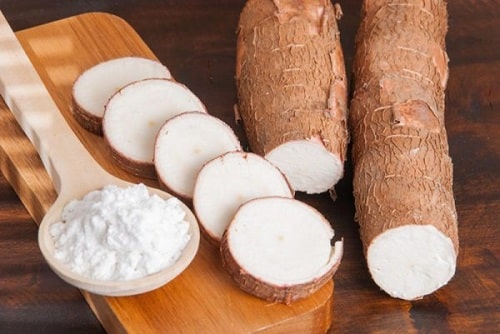
This confusion is because many people think cassava roots and tapioca roots are the same. In fact, these are two different types of tubers. Cassava root is the common name of the North, it is also known by another name is tapioca root.
Tapioca starch is milky white in color. When mixed with water, it has a high viscosity, far different from flour or rice flour. Therefore, when kneading the dough, you must use hot water to knead it. If cold water is used, it will be difficult to shape.
When cooking, if you lack cornstarch, you can use tapioca starch instead. Because these two powders are different in scent, the adhesion is quite similar. You should use in combination with other powders to create the right ingredients. Because tapioca flour will be much tougher and more flexible. However, you should only replace these 2 types of flour when there is a shortage of ingredients.
Uses of tapioca flour
Tapioca flour is used to make many types of cakes such as: banh xeo, spring rolls, pork skin cakes, etc. Besides, this flour is also used to make pho, noodles, vermicelli, etc. High adhesive capacity, giving the dish a certain toughness. As a result, the taste will be more attractive and delicious.
In addition, tapioca is the raw material for making many Eurasian-style dishes. Some dishes such as tea, soups, stir-fries or sauces with tapioca will increase the consistency. This will help the eater feel fuller for longer even just enjoying a snack.
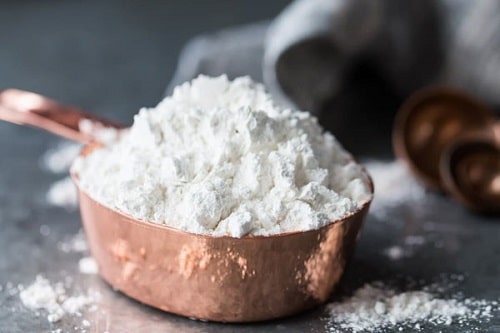
With dishes such as fish balls, rolls, spring rolls, sausages, etc., tapioca flour is also an indispensable ingredient. This type of flour will help the dish be tougher and more crispy, stimulating the taste buds when preparing to enjoy.
For those of you who love tea and milk tea, pearls are an indispensable topping. Tapioca flour is the main ingredient for making pearls, crunchy and chewy jellies.
Video + How to cook green bean pomelo tea without bitterness, easy to make
What is the difference between tapioca flour and tapioca flour?
What is the difference between tapioca flour and tapioca flour ? This is a question asked by many people. But in fact, these two powders are one.
The English name of tapioca flour is Tapioca flour. This powder is commonly used in many Vietnamese dishes and cakes. Although according to each locality, region, tapioca starch is called by many different names.
In the North, people often call it tapioca, tapioca. In the Central region, tapioca flour has another name, filtered flour. The name tapioca starch is the most preferred by Southerners.
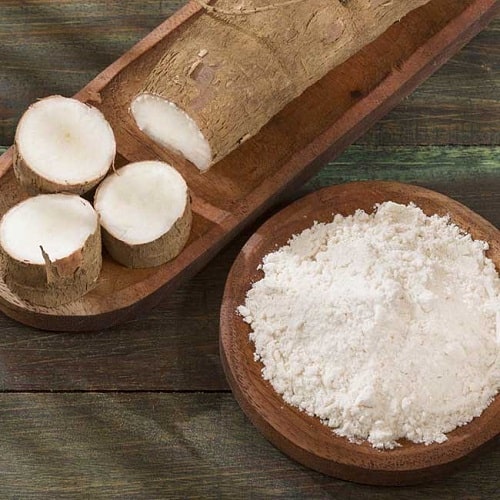
Because the local language in our country is quite diverse and rich, the flours often have many different names. This sometimes causes users to confuse and use the wrong ingredients when processing.
There are several types of flour that are quite similar in name but are actually 2 different types of flour. Typical examples are tapioca and tapioca flour as mentioned above. In contrast, some powders have different names but are of the same type. Tapioca flour and tapioca are the two most confusing names.
So with the above explanations, you already know more about tapioca and knife powder , right? Dao flour is just another name for tapioca flour. This is the name that people in the North often use.
Distinguish tapioca flour from other flours
– Flour
Compared to tapioca flour, wheat flour is much smoother and less dry. A trick to distinguish these two types of flour is: flour when mixed with water will expand and have a certain porosity. And tapioca when mixed with water has a rather high viscosity, more dense.
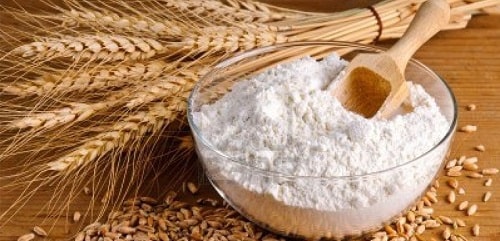
– Corn Flour (Corn Flour)
Cornmeal is made from the white center of the corn kernel. So, compared to wheat flour, this flour is brighter white, lighter and quite loose. In terms of stickiness, tapioca starch still has a higher viscosity than cornstarch when mixed with water.
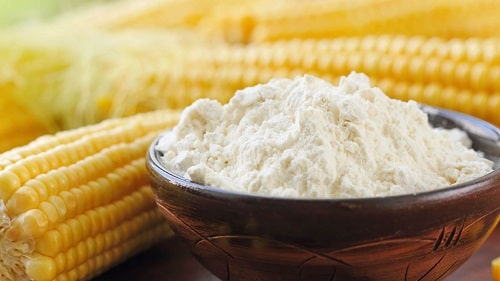
– Glutinous rice flour
This is a type of dough made from glutinous rice, so it has all the characteristics of glutinous rice. Glutinous flour is much more flexible and tough than tapioca flour. This is also the main ingredient used to make cakes such as thick cakes, donuts, little cakes, banh khuc, gai cakes, floating cakes, etc.
– Rice flour
The difference between rice flour and tapioca flour is also very recognizable. To the naked eye, you will see that the rice flour is darker in color, rather dry and coarser. Tapioca flour to the touch will feel much softer and smoother.
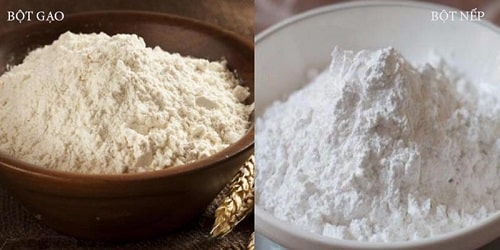
How to use tapioca flour effectively to make food more delicious
Depending on the intended use, you will need to process tapioca flour in different ways.
For dishes such as cakes, rolls, vermicelli, etc., you can carefully read the instructions on how to prepare the dish. From there, you mix tapioca flour and water in the right ratio so that the dough has a certain flexibility. When processing, the dough will not be too hard or pasty. Kneading the dough must be in the right proportion, the new dish will be delicious and the processing will also be simpler.
For soups, sauces, teas, etc. These are foods in a paste form. Therefore, to prepare these dishes, you will not knead the tapioca flour, but will dilute it with cold water. Stir well until the flour is completely dissolved. Then, you pour the tapioca water into the cooking dish, stirring until cooked. This step is usually done when the dish is almost done.
Although tapioca has many benefits, the elderly, young children, people who are overweight or have diabetes, etc. should not use much. The reason is that tapioca has very little fiber content, and the amount of starch is too high.
The above article is information about tapioca flour and helps you answer questions about the difference between tapioca flour and tapioca flour . Hope readers have better understand about these 2 powders. Do not forget to follow the News section to update other useful information.
Read more:
Learn how to make nutritious cereal powder for baby to gain weight for weaning
How to store dried garlic for a long time – without worrying about damage


 Tiếng Việt
Tiếng Việt